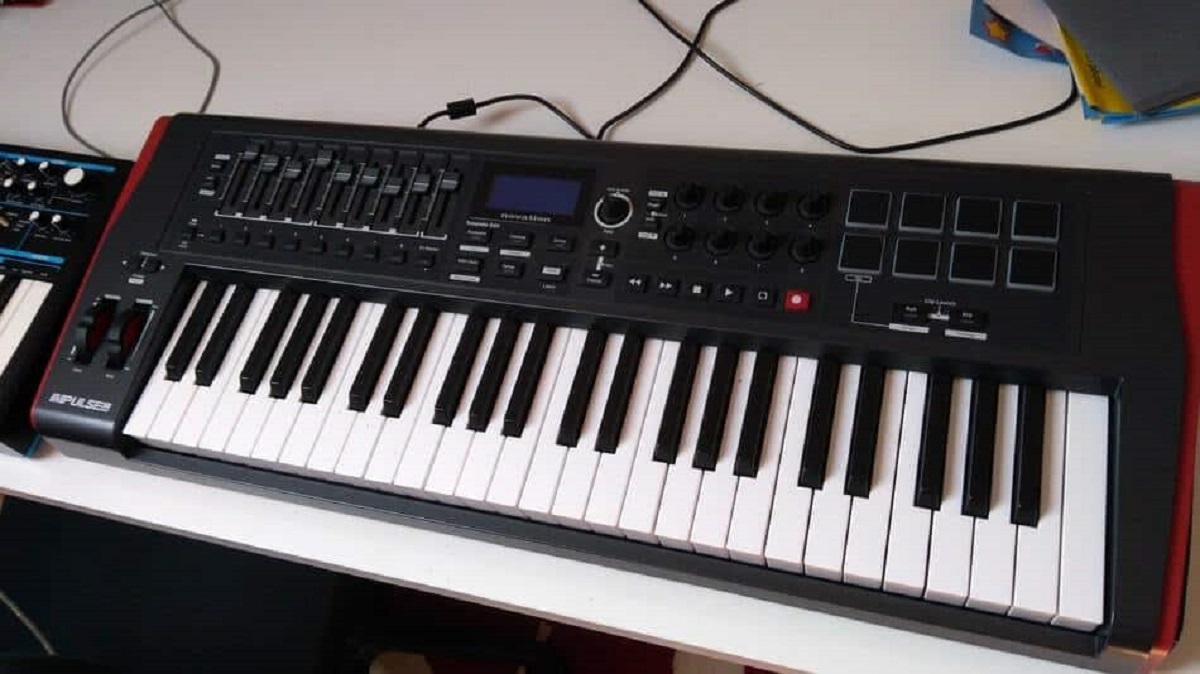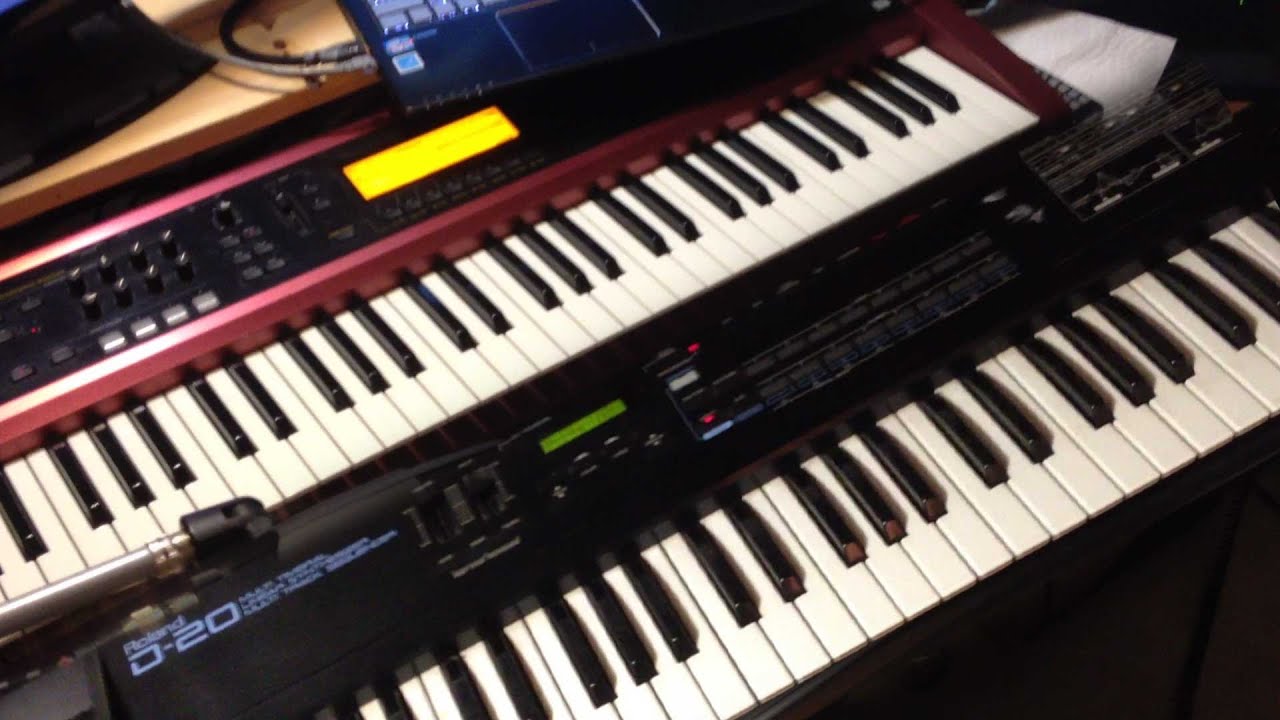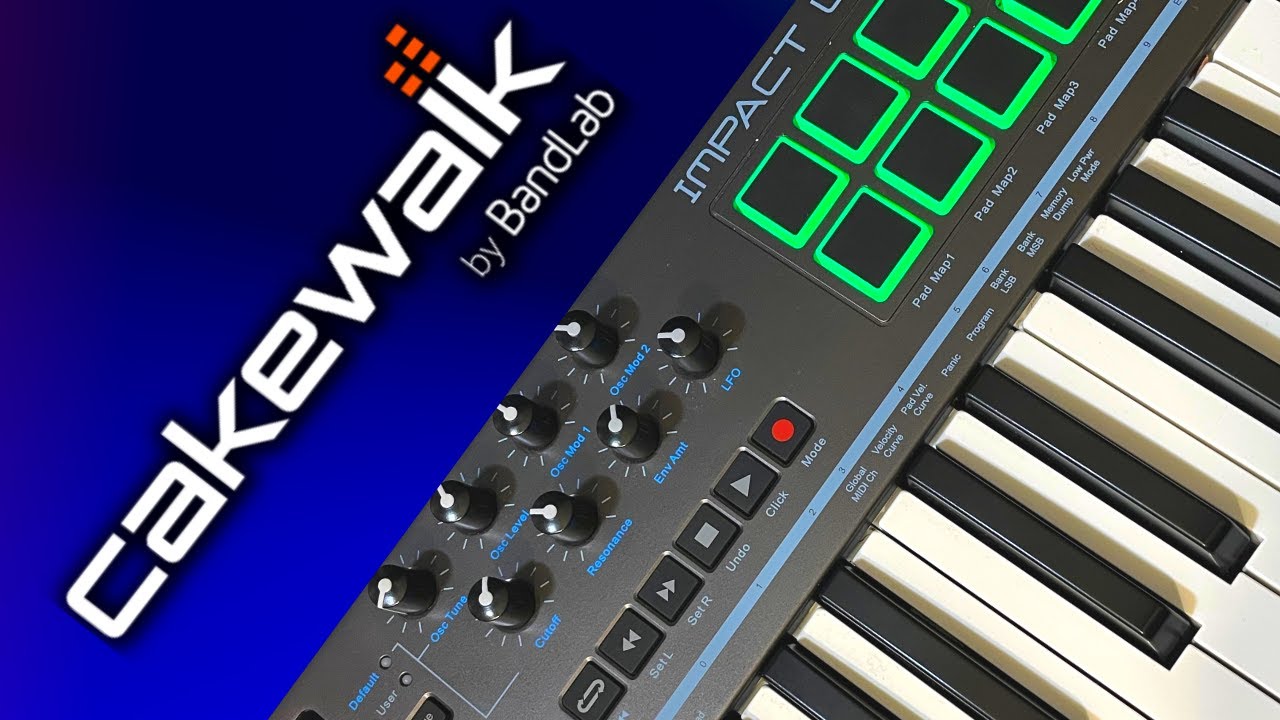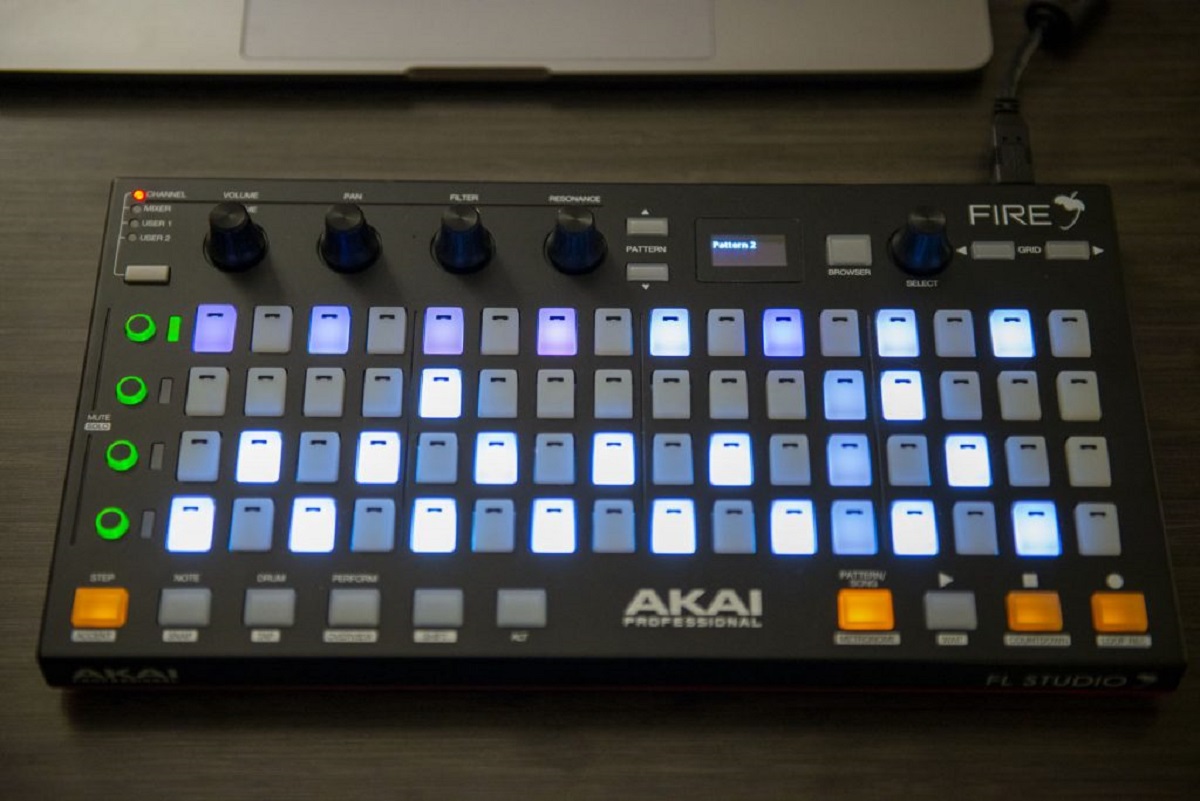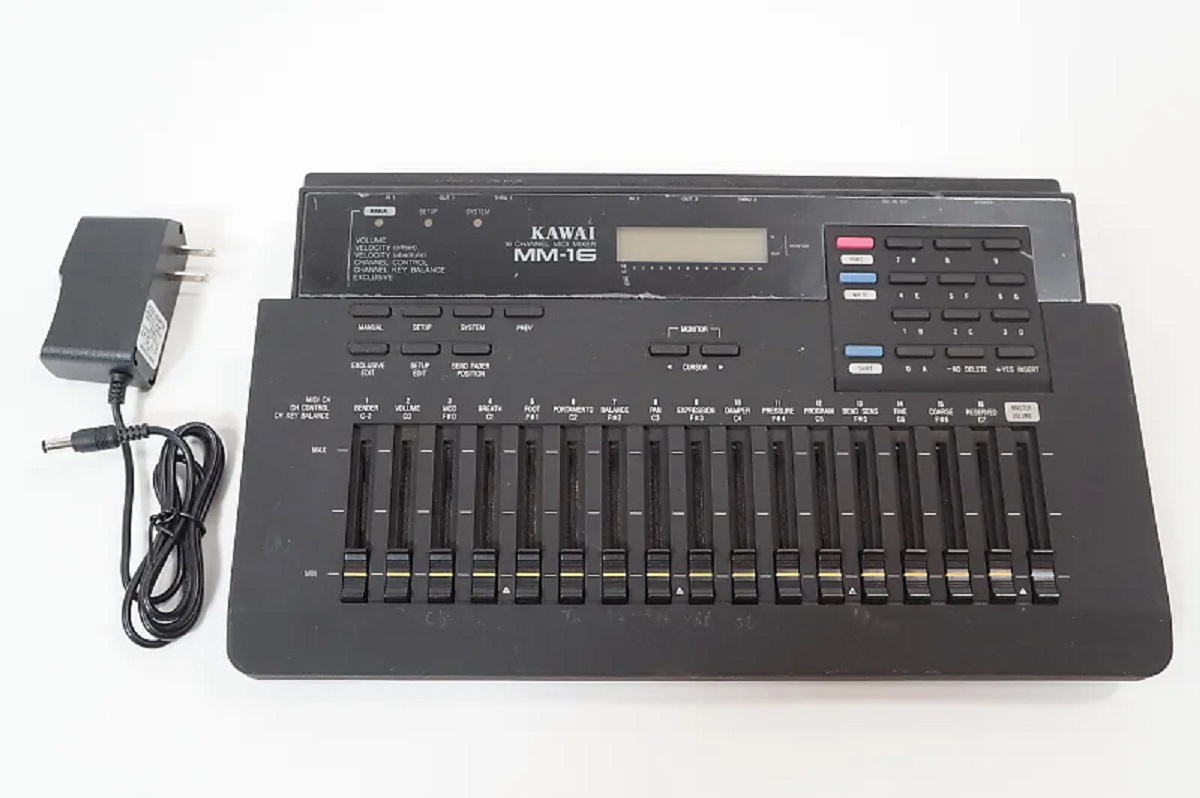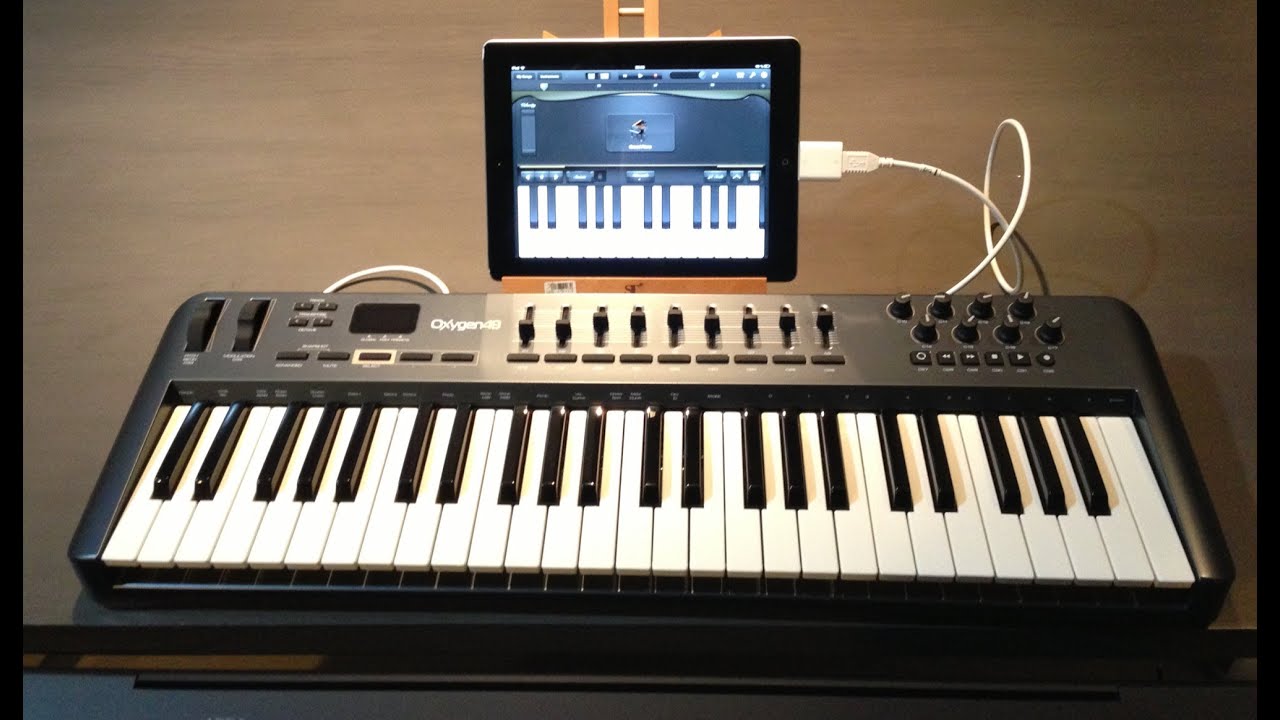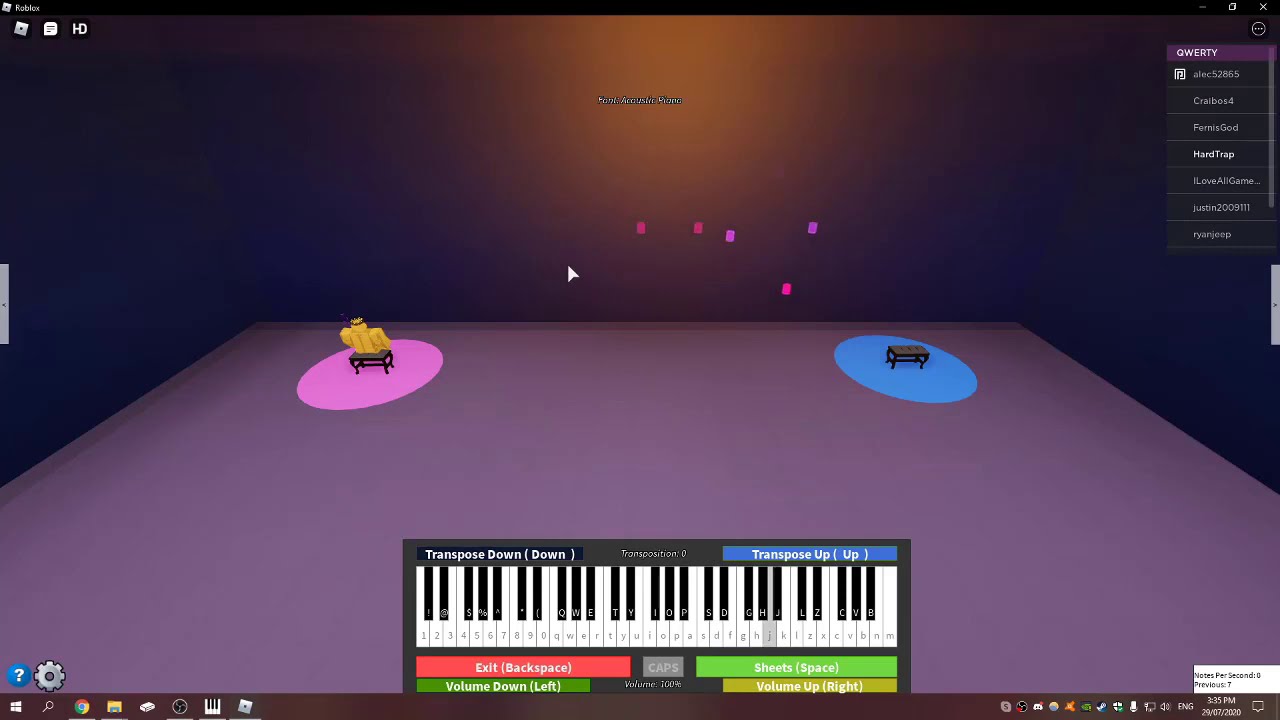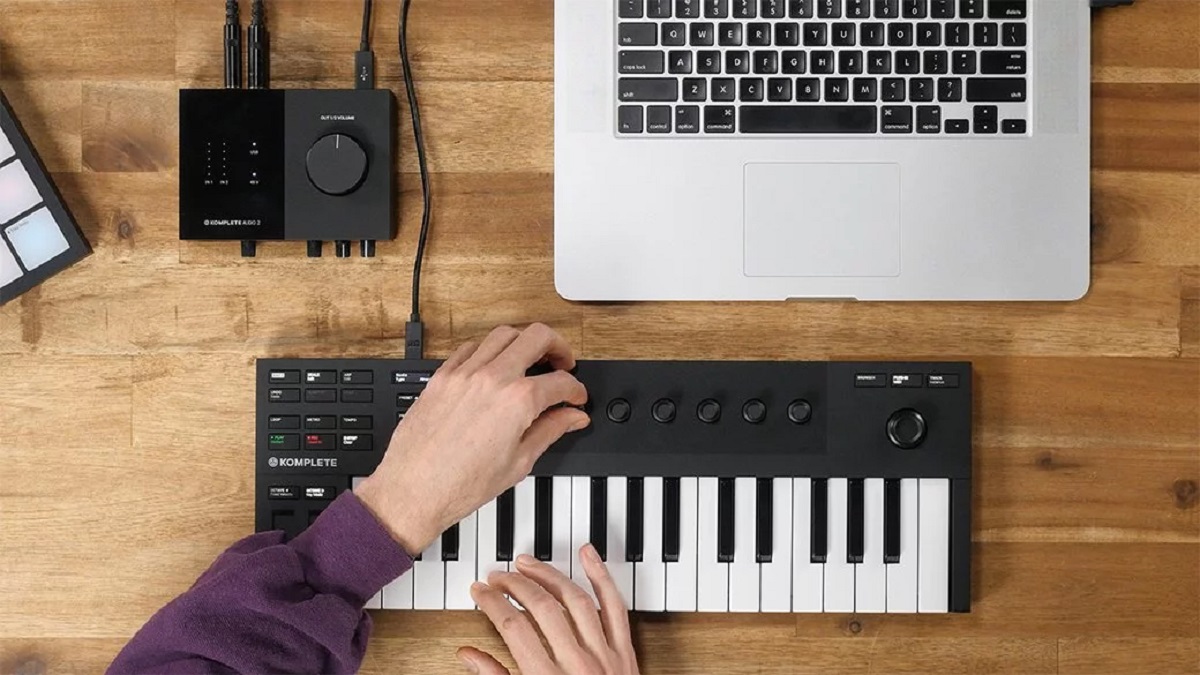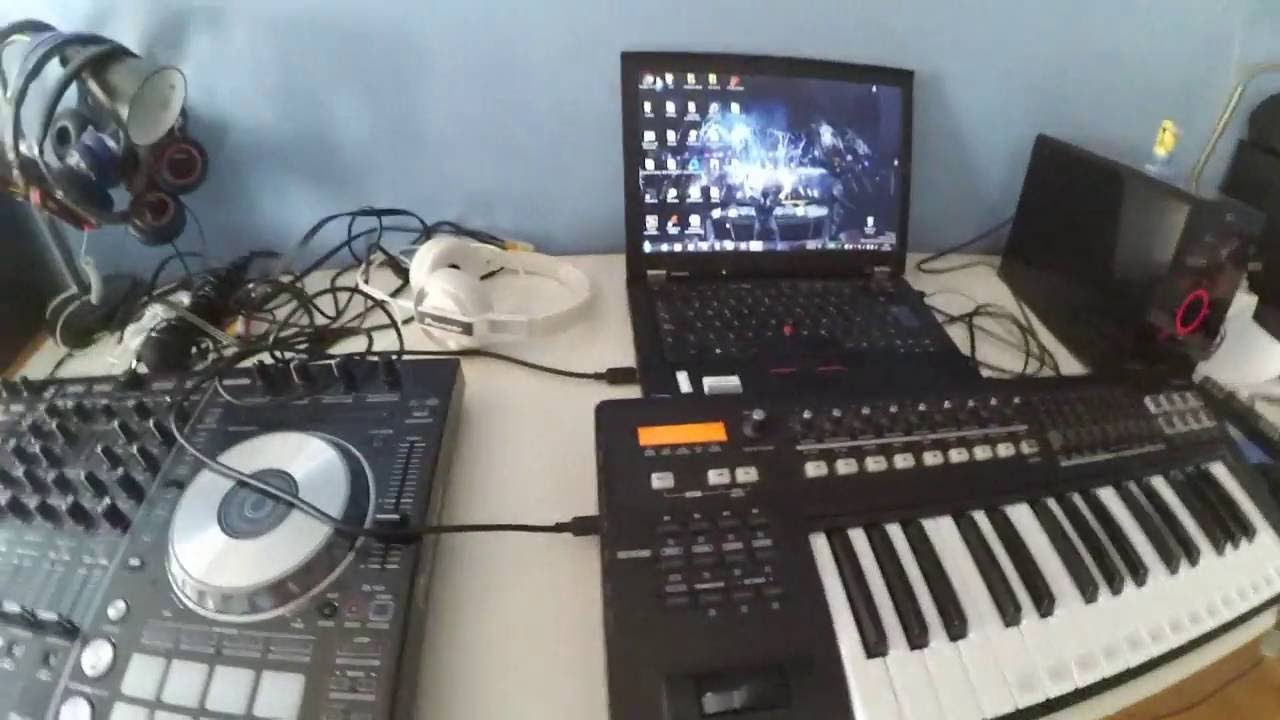Introduction
Are you ready to elevate your music production game with the seamless integration of a MIDI keyboard into the Caustic app? By connecting your MIDI keyboard to Caustic, you can unlock a world of creative possibilities, allowing for more intuitive and expressive music composition. Whether you're a seasoned music producer or a budding enthusiast, this guide will walk you through the process of connecting your MIDI keyboard to Caustic, enabling you to harness the full potential of this powerful music production tool.
In the following steps, you'll learn how to gather the necessary equipment, establish the physical connection between your MIDI keyboard and device, configure the settings within Caustic, and finally, test the connection to ensure everything is functioning seamlessly. With these simple yet crucial steps, you'll be well on your way to integrating your MIDI keyboard into your music production workflow, opening up a world of creative opportunities and enhancing your overall music-making experience.
Let's dive into the process of connecting your MIDI keyboard to Caustic, empowering you to unleash your musical creativity and take your compositions to new heights. Whether you're aiming to add depth to your melodies, experiment with intricate chord progressions, or simply enjoy the tactile feel of playing music on a physical keyboard, this guide will equip you with the knowledge and confidence to seamlessly integrate your MIDI keyboard into the Caustic app. So, without further ado, let's embark on this musical journey and bring your compositions to life with the power of MIDI and Caustic.
Step 1: Gather the Necessary Equipment
Before delving into the process of connecting your MIDI keyboard to Caustic, it’s essential to ensure that you have all the required equipment at your disposal. Here’s a comprehensive list of the items you’ll need to proceed with the integration:
- MIDI Keyboard: The centerpiece of this setup, your MIDI keyboard serves as the primary input device for playing and recording music into Caustic. Ensure that your MIDI keyboard is in good working condition and has the necessary connectivity options.
- Device Running Caustic: Whether you’re using a smartphone, tablet, or computer, you’ll need a device capable of running the Caustic app. Make sure your device is charged or connected to a power source to avoid interruptions during the setup process.
- USB Cable or MIDI Interface: Depending on the connectivity options of your MIDI keyboard and device, you’ll need a USB cable or a MIDI interface to establish a physical connection between the two devices. Check the compatibility of your MIDI keyboard and device to determine the appropriate cable or interface.
- Optional: Power Adapter for MIDI Keyboard: If your MIDI keyboard requires a separate power source, ensure that you have the necessary power adapter and access to a power outlet.
By gathering these essential components, you’ll be well-prepared to initiate the connection process, setting the stage for a seamless integration of your MIDI keyboard with the Caustic app. With the equipment in place, you’re ready to move on to the next step and establish the physical connection between your MIDI keyboard and device, paving the way for an enhanced music production experience.
Step 2: Connect the MIDI Keyboard to Your Device
Now that you’ve assembled the necessary equipment, it’s time to establish the physical connection between your MIDI keyboard and the device running the Caustic app. Follow these steps to ensure a seamless connection:
- Locate the MIDI Out Port: On your MIDI keyboard, identify the MIDI Out port, typically found on the back of the keyboard. This port is where you’ll connect the MIDI cable or interface.
- Connect the MIDI Cable or Interface: If your MIDI keyboard has a USB port, use a USB cable to connect it directly to your device. Alternatively, if your MIDI keyboard uses traditional MIDI ports, connect the MIDI Out port of the keyboard to the MIDI In port of your device using a MIDI interface. Ensure that the connections are secure to avoid any issues during operation.
- Power On Your MIDI Keyboard: If your MIDI keyboard requires power, ensure that it’s turned on and receiving power either through batteries, an adapter, or a power outlet.
- Prepare Your Device: On your smartphone, tablet, or computer, ensure that the Caustic app is installed and ready to launch. If you’re using a computer, make sure that the necessary drivers for your MIDI keyboard are installed to enable communication between the devices.
- Launch Caustic and Access MIDI Settings: Open the Caustic app on your device and navigate to the MIDI settings. Depending on the device and operating system, the location of the MIDI settings may vary. Look for options related to MIDI input and output to configure the connection with your MIDI keyboard.
- Configure MIDI Input: Within the MIDI settings of Caustic, select your MIDI keyboard as the input device. This step ensures that the MIDI signals from your keyboard are recognized and processed by the Caustic app, allowing you to play and record music seamlessly.
By following these steps, you’ll successfully establish a physical connection between your MIDI keyboard and the device running the Caustic app, laying the groundwork for a harmonious integration that enhances your music production capabilities. With the connection in place, you’re ready to proceed to the next step and configure the settings within Caustic to optimize the MIDI keyboard’s functionality.
Step 3: Configure Caustic Settings
With your MIDI keyboard physically connected to the device, it’s time to fine-tune the settings within the Caustic app to ensure seamless integration and optimal performance. Follow these steps to configure the settings:
- Access the MIDI Settings in Caustic: Within the Caustic app, locate the MIDI settings or preferences. This may be found in the app’s main settings menu or within a dedicated MIDI configuration section.
- Enable MIDI Input: In the MIDI settings, ensure that MIDI input is enabled and set to receive signals from external devices. This step is crucial for allowing your MIDI keyboard to communicate with Caustic, enabling you to play and record music directly from the keyboard.
- Assign MIDI Channels: If your MIDI keyboard supports multiple MIDI channels, configure the MIDI channel settings within Caustic to correspond with the channels on your keyboard. This alignment ensures that the keyboard’s output is accurately recognized and processed by the app.
- Configure MIDI Mapping: Depending on your preferences and the specific features of your MIDI keyboard, you may have the option to customize MIDI mappings within Caustic. This allows you to assign specific functions or parameters to different controls on your keyboard, providing a tailored and efficient workflow for music production.
- Test MIDI Input: To ensure that the MIDI keyboard is properly configured within Caustic, test the MIDI input by playing notes on the keyboard. Verify that the app accurately receives and responds to the MIDI signals, confirming that the integration is successful.
- Explore Additional MIDI Settings: Delve into the deeper MIDI settings offered by Caustic to explore advanced options for MIDI input, output, and control. Familiarize yourself with the available settings to leverage the full potential of your MIDI keyboard within the app.
By meticulously configuring the settings within Caustic, you’ll optimize the functionality of your MIDI keyboard and tailor the app to accommodate your specific music production needs. With the settings in place, you’re poised to harness the full potential of your MIDI keyboard and seamlessly integrate it into your creative workflow within Caustic.
Step 4: Test the Connection
After completing the physical connection and configuring the settings, it’s imperative to test the integration between your MIDI keyboard and the Caustic app. By conducting a comprehensive test, you can ensure that the connection is robust and that your MIDI keyboard effectively communicates with Caustic. Here’s how to proceed:
- Play Notes and Chords: Begin by playing a variety of notes, chords, and melodies on your MIDI keyboard. Observe how the app responds to the input, ensuring that the notes are accurately registered and translated into sound within Caustic.
- Record MIDI Data: Utilize the recording functionality within Caustic to capture MIDI data from your keyboard. Record a short musical passage or a series of notes to verify that the app accurately records the input from your MIDI keyboard.
- Explore Instrument Integration: Test the integration of your MIDI keyboard with different virtual instruments and sound modules within Caustic. Verify that the app seamlessly translates your keyboard input into expressive and dynamic instrument sounds, allowing for a diverse range of musical expression.
- Adjust Settings in Real-Time: While testing the connection, make real-time adjustments to the MIDI settings within Caustic. This allows you to fine-tune the responsiveness and behavior of the MIDI keyboard, ensuring an optimal and personalized playing experience.
- Evaluate Latency and Responsiveness: Assess the latency and responsiveness of the MIDI keyboard within Caustic. Ensure that there is minimal delay between pressing keys on the keyboard and hearing the corresponding sound output, providing a seamless and immersive music-making experience.
- Verify Sustained Performance: Test the sustained performance of the MIDI keyboard integration over an extended period. Play a series of complex passages, chords, and musical phrases to confirm that the connection remains stable and reliable, without any interruptions or inconsistencies.
By rigorously testing the connection between your MIDI keyboard and the Caustic app, you can gain confidence in the seamless integration of these essential components. This comprehensive testing process allows you to fine-tune the settings, explore the expressive capabilities of your MIDI keyboard, and ensure that it operates harmoniously within the Caustic environment, empowering you to unleash your creativity and produce music with precision and finesse.
Conclusion
Congratulations! By following the step-by-step process outlined in this guide, you have successfully connected your MIDI keyboard to the Caustic app, unlocking a world of creative possibilities and enhancing your music production capabilities. The seamless integration of your MIDI keyboard with Caustic empowers you to compose, perform, and record music with a heightened level of expressiveness and control, revolutionizing your music-making experience.
With the physical connection established, the settings meticulously configured, and a comprehensive testing process completed, you can now embark on a musical journey enriched by the tactile and dynamic nature of your MIDI keyboard. Whether you’re crafting intricate melodies, experimenting with diverse instrument sounds, or capturing expressive performances, the integration of your MIDI keyboard with Caustic amplifies your creative potential and paves the way for innovative music production.
As you continue to explore the myriad features and capabilities of Caustic, remember that the integration of your MIDI keyboard serves as a catalyst for inspiration and musical exploration. Embrace the flexibility and responsiveness of your MIDI keyboard, experiment with different musical genres, and unleash your creativity with confidence, knowing that your MIDI keyboard seamlessly interfaces with the powerful production tools offered by Caustic.
By leveraging the combined strengths of your MIDI keyboard and the Caustic app, you’re poised to elevate your compositions, performances, and recordings to new heights, setting the stage for a dynamic and fulfilling music production journey. Embrace the synergy between technology and creativity, and let the harmonious integration of your MIDI keyboard with Caustic be the catalyst for your musical expression and artistic innovation.







